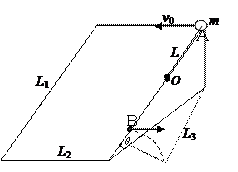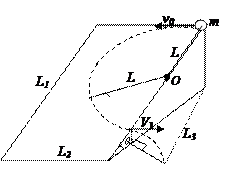The global energy crisis is approaching. What can we do? Here are some steps you can take.
Cooling puts the greatest stress on your summer energy bill and the power grid(电网). Just as t tune-up for your car can improve your gas mileage, a yearly tune-up of your heating and cooling system can improve efficiency and comfort. Clean or replaces filters monthly or as needed.
For central air conditioning systems and room air conditioners, look for the ENERGY STAR, the federal government’s symbol for energy efficiency. For central air, purchase the system with the highest possible Seasonal Energy Efficiency Raton. (SEER)
Use energy-efficient ceiling fans either alone or with air conditioning. Ceiling fans do a great job of circulating air. When used with air conditioning, fans allow you to raise the thermostat(恒温器) and cut costs. Ceiling fans cool people, not rooms, so before you leave; turn off the ceiling fan.
Let a programmable thermostat! “remember for you” to automatically adjust the indoor climate with your daily and weekend patterns to reduce cooling bills by up to 10 percent. You can come home to a comfortable house without wasting energy and cresting pollution all day while you are at work.
Try to make your home airtight enough to increase your comfort, make your home quieter and cleaner and reduce your cooling costs up to 20 percent.
Gut your air conditioning load, and reduce pollution by planting planting leafy trees around your home and fixing reflective bricks on your roof.
Close blinds or shades on south-and west-facing windows during the day, or fix shading equipment to avoid heat build-up.
Turn off everything not in use: lights, TVs, computers. And use fluorescent bulbs(荧光灯), which provide bright, warm light while using at least two-thirds less energy, producing 70 percent less heat and lasting up to 10 times longer than incandescent bulbs(白炽灯).
Drive the car that gets better gas mileage whenever possible if you own more than one vehicle. If you drive 12,500 miles a year, switching 10 percent of your trips from a car that gets 20 mils per gallon to one that gets 30 mpg will save you more than £65 per year.
Carpool. The average U.S. commuter(乘车上班族) could save about £260 a year by sharing cars twice a week with two people in a car that gets 20.1 mpg---assuming the three passengers share the cost of gas.
小题1:According to the passage, the thermostat is used to ______.
A.make rooms quieter
B.control room temperature
C.turn off the air conditioner
D.reduce room air pollution小题2:We can conclude from the passage that the author probably discourages ______.
A.planting leafy trees around your home
B.turning off the ceiling fan before you leave your house
C.keeping your south-facing windows open during the day
D.using fluorescent bulbs instead of incandescent bulbs小题3:According to the passage, you can save fuel by ______.
A.using energy-efficient ceiling fans
B.sharing cars with others on workdays
C.turning off everything not in use
D.reducing 10% of your car trips every year小题4:This passage is mainly about ______.
A.energy-saving tips
B.fuel-saving tips
C.do-it-yourself tips
D.environment-protecting tips




 (2分),
(2分), (1分)
(1分) 所以
所以 ① (2分)
① (2分) ② (1分)
② (1分) (1分)
(1分)

 (2分)
(2分) 解得:t′=0.1s (2分)
解得:t′=0.1s (2分) m (2分)
m (2分) m (1分)
m (1分) (2分)
(2分)